Meet DON.
He’s invisible, sneaky, and relentless.
For decades, DON has been hiding in plain sight. He lurks in your cereal, sneaks into your bread, and camps out in those “healthy” grain bowls you eat for breakfast.
You don’t see him, you don’t taste him, but DON is there, quietly making himself at home in your gut.
And what does he do once he’s in?
He starts a slow war.
- He inflames your gut lining (unlocking a leaky epithelial cell wall), causing pain and bloating.
- He triggers autoimmune responses, turning your body against itself.
- He plants seeds for colon cancer, a silent threat growing day by day.
And the worst part?
You keep feeding him, bite after bite, thinking you’re doing the right thing by choosing “whole grains.”
By the time you realize something’s wrong — the fatigue, the gut issues, the nagging skin issues — DON has already done the damage.
So who is DON?
He’s Deoxynivalenol — a mold mycotoxin found in grains and cereals worldwide. 1*
You won’t see him, and you won’t taste him, but once he gets into your system, the effects are all too real.
This mycotoxin is commonly found in several cereal grains:
- Wheat
- Corn (maize)
- Barley
- Oats
- Rye
Several popular cereal brands use these as their primary grain:
- Cap’n Crunch (Quaker Oats)
- Honey Bunches of Oats (Post)
- Cheerios (General Mills)
There are many more...
DON doesn’t just hang out in your gut — he launches an assault on your entire body.
Gut Inflammation 2*
Your gut lining is supposed to be a barrier, filtering out toxins and keeping nutrients in. But DON punches holes in that barrier, leading to leaky gut.
The result?
- Bloating
- Gas
- Food sensitivities
- Unexplained stomach pain
Autoimmune Reactions 3*
When your gut lining is compromised and your epithelial cell wall junctions become weak and leaky, toxins and particles slip into your bloodstream and travel to the rest of the body. Toxins that are normally isolated and filtered out. Your immune system goes into overdrive, attacking not just the invaders, but sometimes your own tissues.
This can lead to:
- Sinus issues
- Joint pain
- Skin issues like eczema and psoriasis
- Autoimmune diseases like Crohn’s or rheumatoid arthritis
Colon Cancer Risk 4*
Over time, chronic inflammation caused by DON damages your gut cells. These damaged cells can mutate, increasing your risk of colon cancer. What starts as discomfort can turn into something far more dangerous.
Brain Fog and Low Energy 5*
Your gut and brain are connected. When your gut is inflamed, your brain suffers.
You might feel:
- Constant fatigue
- Difficulty concentrating
- Brain fog that won’t go away
If you’ve been battling these issues, it’s time to question what’s on your plate.
Mold-contaminated grains could be the silent enemy.
The good news? You can break the cycle.
Here’s what we would recommend instead:
- Clean tested sourdoughs (Bread Alone brand)
- Organic rice (Lundeberg brand)
- Sprouted organic oats (Farmers We Know brand)
- Organic potatoes
- Sprouted organic buckwheat (Lil Bucks brand)
Your health is in your hands.
You make the choice every single day.
------------------------------
Sources
1. Kamle, M., Mahato, D. K., Gupta, A., Pandhi, S., Sharma, B., Dhawan, K., Vasundhara, Mishra, S., Kumar, M., Tripathi, A. D., Rasane, P., Selvakumar, R., Kumar, A., Gamlath, S., & Kumar, P. (2022). Deoxynivalenol: An Overview on Occurrence, Chemistry, Biosynthesis, Health Effects and Its Detection, Management, and Control Strategies in Food and Feed. Microbiology Research, 13(2), 292-314. https://doi.org/10.3390/microbiolres13020023
2. Miao, C., Wu, Z., Sun, Y., & Cao, Z. (2024). Deoxynivalenol Induces Intestinal Epithelial Barrier Damage through RhoA/ROCK Pathway-Mediated Apoptosis and F-Actin-Associated Tight Junction Disruption.. Journal of agricultural and food chemistry. https://doi.org/10.1021/acs.jafc.4c02091.
3. Kang, R., Li, R., Dai, P., Li, Z., Li, Y., & Li, C. (2019). Deoxynivalenol induced apoptosis and inflammation of IPEC-J2 cells by promoting ROS production.. Environmental pollution, 251, 689-698 . https://doi.org/10.1016/j.envpol.2019.05.026.
4. , Y., Zhang, A., Shi, Z., He, C., Ding, J., Wang, X., , J., & Zhang, H. (2012). A mitochondria-mediated apoptotic pathway induced by deoxynivalenol in human colon cancer cells.. Toxicology in vitro : an international journal published in association with BIBRA, 26 3, 414-20 . https://doi.org/10.1016/j.tiv.2012.01.010.
5. Sobrova, P., Adam, V., Vašátková, A., Beklova, M., Zeman, L., & Kizek, R. (2010). Deoxynivalenol and its toxicity. Interdisciplinary Toxicology, 3, 94 - 99. https://doi.org/10.2478/v10102-010-0019-x.

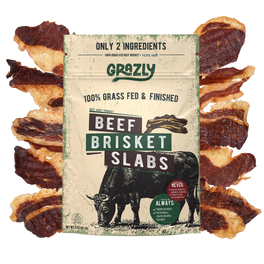
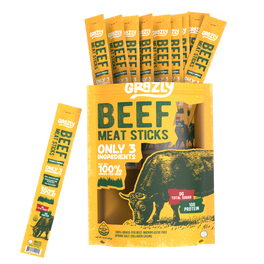
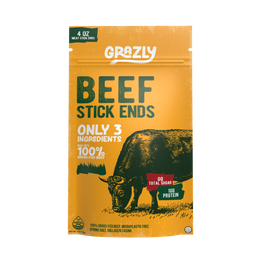
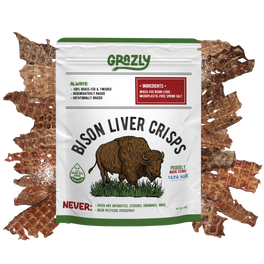
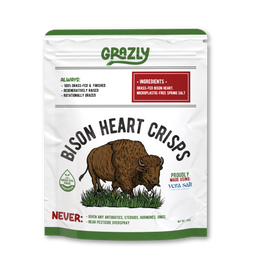
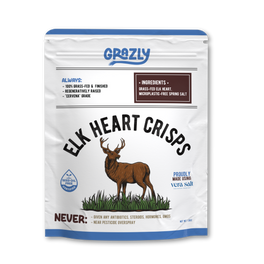
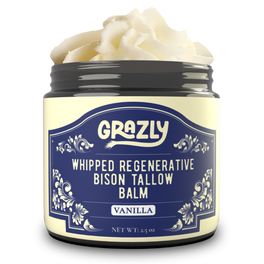
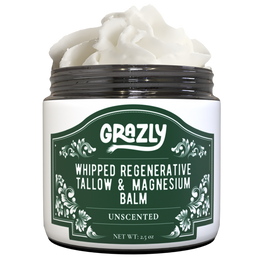
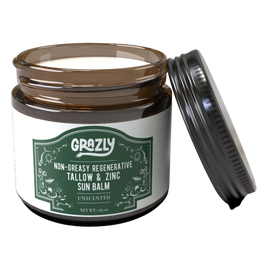
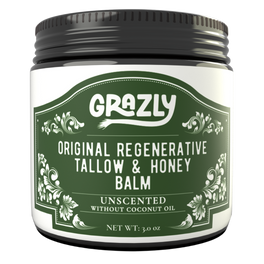
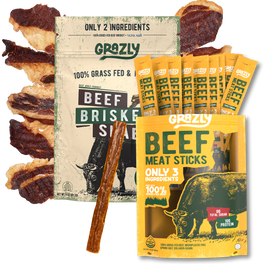


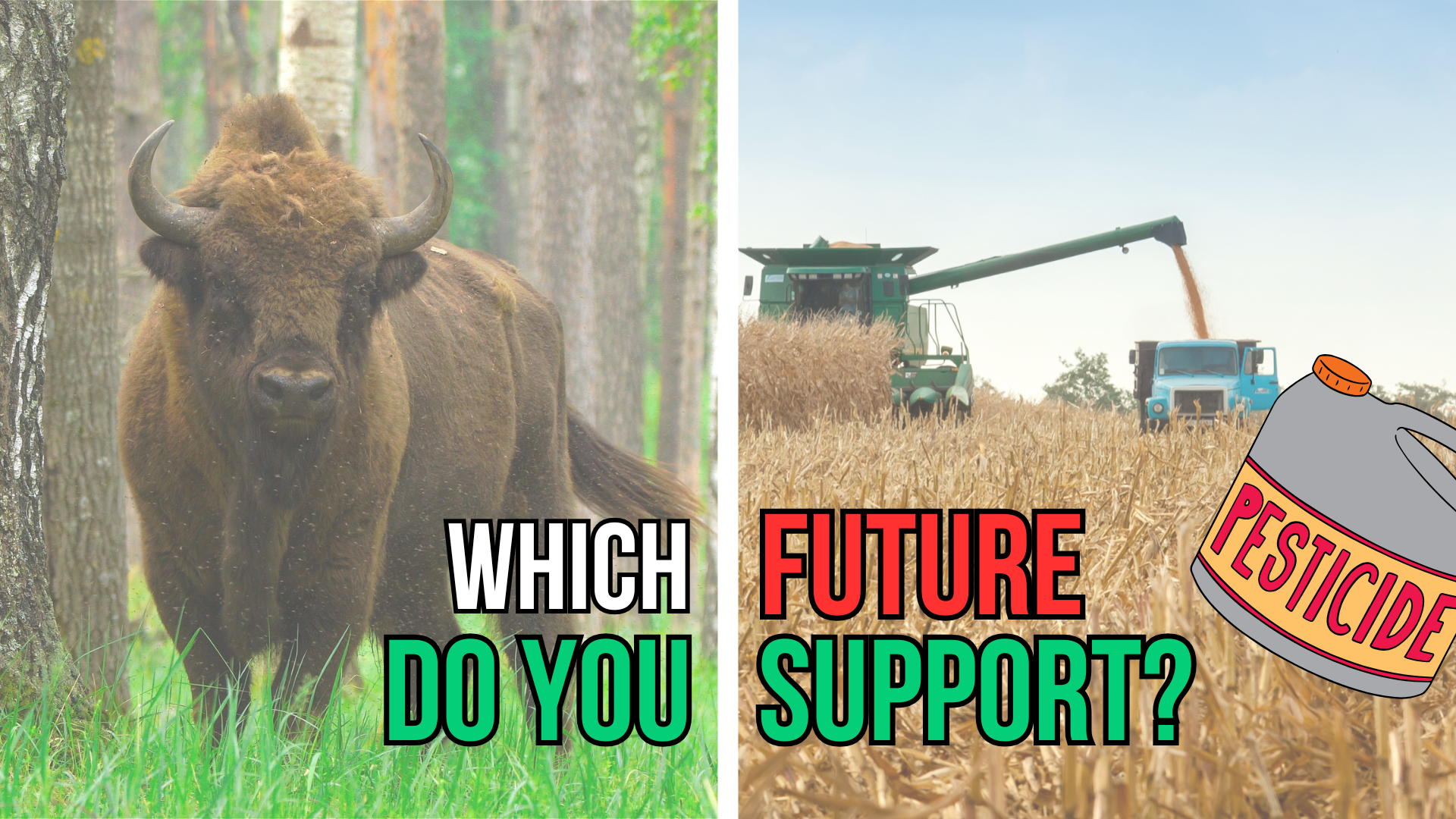
Leave a comment
This site is protected by hCaptcha and the hCaptcha Privacy Policy and Terms of Service apply.